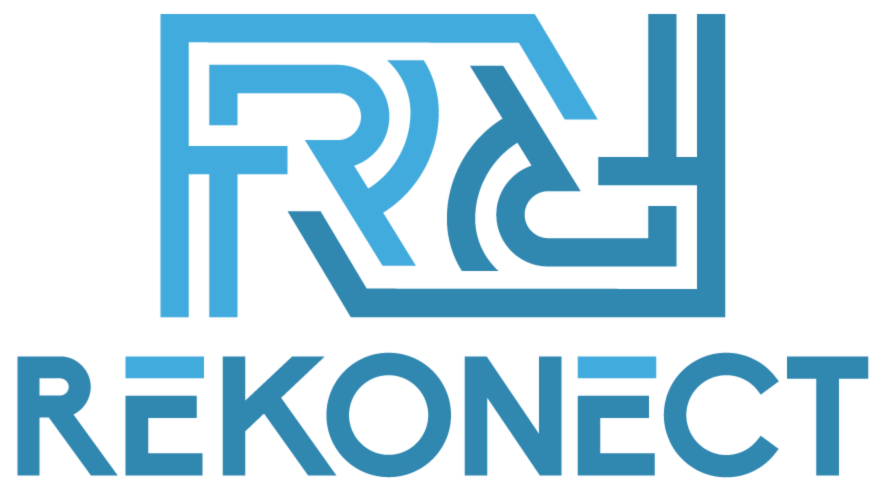There’s something undeniably energizing about summer. The days are longer, the weather is warmer, and people are spending more time outside—at events, parks, festivals, and community gatherings. For advocates, organizers, and nonprofit leaders, this season offers a rare window of opportunity: a time when your message can travel farther, resonate deeper, and inspire more action than at any other point in the year.
Summer advocacy campaigns are different. They’re visible, spontaneous, and more emotionally charged. Investopedia says as much, in this article about nonprofit marketing. Whether you’re handing out flyers at a local concert, setting up an information booth at a farmer’s market, or launching a powerful online campaign while your audience scrolls poolside—this is your chance to meet people where they are: engaged, present, and looking for connection.
But summer isn’t just a backdrop—it’s a strategic advantage. The natural rhythm of the season lends itself to activism:
- Schools are out, so families and students have more flexible schedules.
- Local governments and institutions are planning their fall priorities.
- Seasonal issues like heat safety, environmental conservation, and voter registration come to the forefront.
If you’re looking to rally support, raise awareness, or push policy change, launching your campaign during the summer can give it the visibility and momentum it needs to succeed. And with the right planning, partnerships, and outreach strategy, you can turn those sunny days into serious impact.
In this post, we’ll walk you through five actionable steps to make the most of your summer advocacy campaign—from selecting a relevant cause to measuring your success. Whether you’re a grassroots organizer or a nonprofit team looking to mobilize your community, these strategies will help you launch with confidence and clarity.
Let’s dive in.
Step 1: Choose a Relevant Cause
The success of any advocacy campaign depends on how well your message connects with people—and timing is everything. During the summer, certain causes naturally rise to the surface. Extreme weather can highlight the need for climate action. School breaks open doors for youth programming and education initiatives. Local elections and public planning efforts often ramp up before fall. Aligning your campaign with these seasonal or trending issues gives it built-in relevance.
Start by asking: What’s already on people’s minds? Use tools like Google Trends, Twitter/X, or even neighborhood Facebook groups to see what issues are getting attention locally. Then shape your campaign around a cause that taps into that momentum. The more naturally your message fits the season, the more likely it is to gain traction.
Step 2: Create Engaging Content
Once you’ve chosen your cause, the next step is bringing it to life—and that means crafting content that grabs attention and inspires action. In summer, people are more visually driven and often on the move, so your materials should be quick to digest, emotionally resonant, and mobile-friendly.
Start with a mix of content formats:
- Short videos that tell a compelling story in under a minute.
- Infographics that break down key facts or stats.
- Bold social media graphics with clear calls to action.
- Event flyers for physical distribution at community spaces.
Use colors, photos, and language that reflect the energy of summer—bright, optimistic, and urgent. Keep your message clear: what the issue is, why it matters now, and how people can help.
If you’re running multiple content pieces, develop a simple calendar to keep things organized and consistent. That ensures your campaign stays visible throughout the season.
Step 3: Partner with Local Businesses and Organizations
You don’t have to run your summer advocacy campaign alone—in fact, you shouldn’t. Local businesses, community organizations, and service providers are often looking for ways to give back, increase foot traffic, or show support for issues that matter to their customers. When you invite them to join your campaign, you create a mutually beneficial relationship that can massively extend your reach.
Think of places with strong neighborhood presence: cafés, bookstores, gyms, summer camps, religious institutions, and community centers. These partners can:
- Display flyers or posters
- Share your campaign through their newsletters or social media
- Co-host events or donation drives
- Offer venue space or in-kind donations
Approach them with a clear ask and a quick pitch—what the campaign is, how it benefits them, and what you need. You’ll be surprised how often people say yes when given a chance to contribute to a meaningful local cause.
Step 4: Use Social Media for Outreach
Social media is your campaign’s megaphone—and during summer, it’s often the fastest way to get people’s attention. But blasting out generic posts won’t cut it. To get real engagement, you need to be strategic, targeted, and consistent.
First, identify where your audience hangs out. Is your campaign youth-focused? Prioritize platforms like Instagram and TikTok. Targeting professionals or civic leaders? LinkedIn or Facebook may be more effective.
Next, focus on storytelling. Show real people impacted by your cause. Use short, snappy captions. Include a clear call to action—sign a petition, attend an event, donate, or share. Hashtags are helpful, but don’t overdo them; use 1–3 relevant tags that tie into trending conversations.
Step 5: Measure Your Campaign’s Impact
A strong campaign doesn’t just make noise—it makes a difference. To understand if your summer advocacy campaign is working, you need to track what matters. That means setting clear goals and using data to see what’s actually moving the needle.
Start by defining your key metrics. These might include:
- Engagement: Likes, shares, comments, and video views
- Reach: How many people saw your content
- Conversions: Petition signatures, donations, or event sign-ups
- Participation: Volunteers recruited or actions taken
- Email performance: Open rates and click-through rates
Use tools like Google Analytics for your website, and built-in insights on platforms like Instagram, Facebook, or Twitter/X. If you’re running in-person events, count attendees or use QR codes to track responses.
Conclusion: Start Planning Your Summer Advocacy Now
Summer campaigns aren’t just about sunshine and slogans—they’re about seizing a moment when communities are alive, visible, and ready to engage. With the right strategy, this season can become your most powerful advocacy window of the year.
The key is to start early, stay focused, and remain flexible. Choose a cause that aligns with the season’s energy. Build content that’s visual, clear, and shareable. Team up with local partners who can help amplify your message. Use social media not just to inform, but to mobilize. And most importantly, track your results so you can learn, improve, and grow your impact over time.
If this sounds like a lot—it doesn’t have to be. At Rekonect, we’re here to simplify every step. Our platform was designed to support changemakers like you with personalized expertise and end-to-end support. Whether you’re a grassroots organizer or running a formal nonprofit, we help you go from idea to action, fast.

